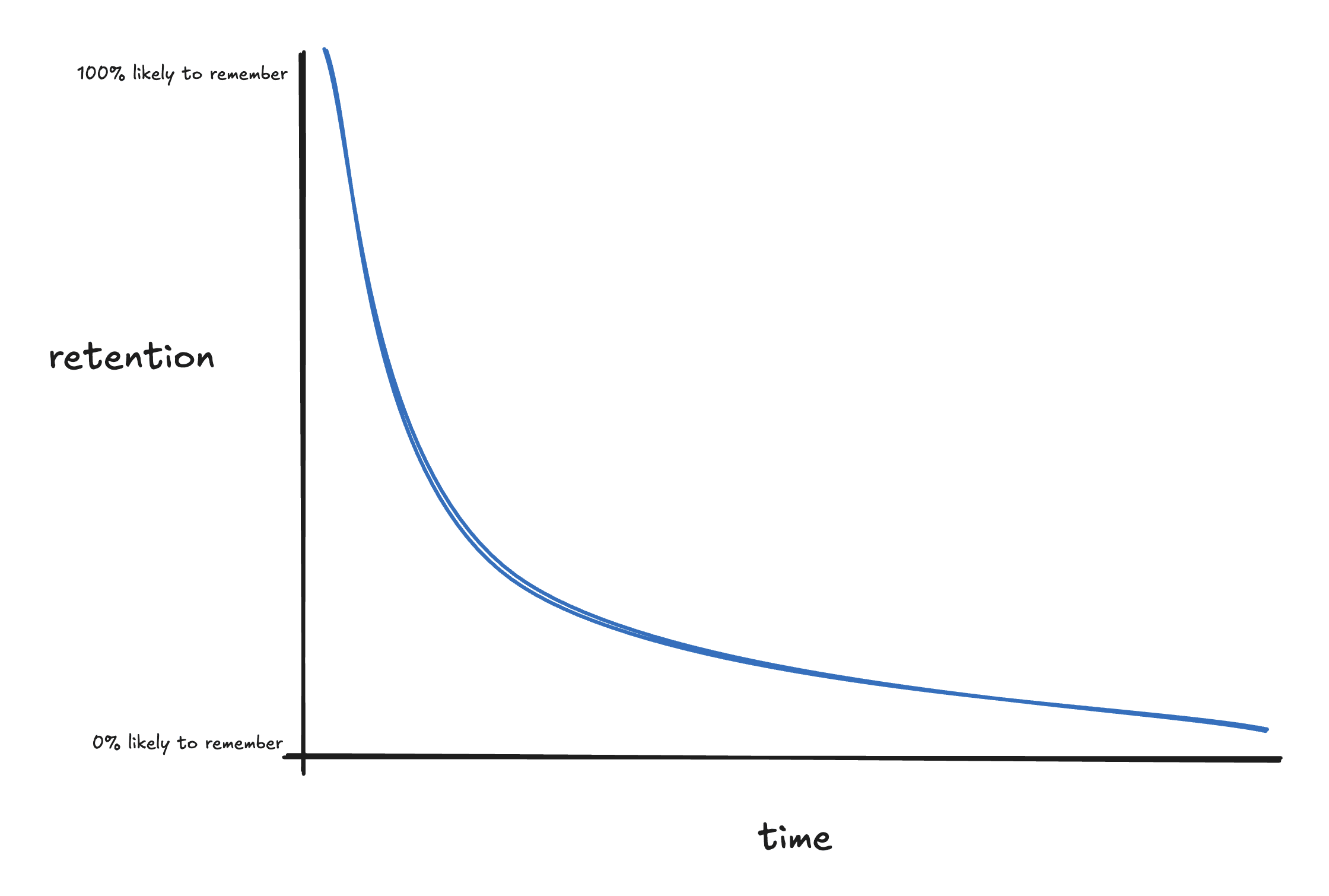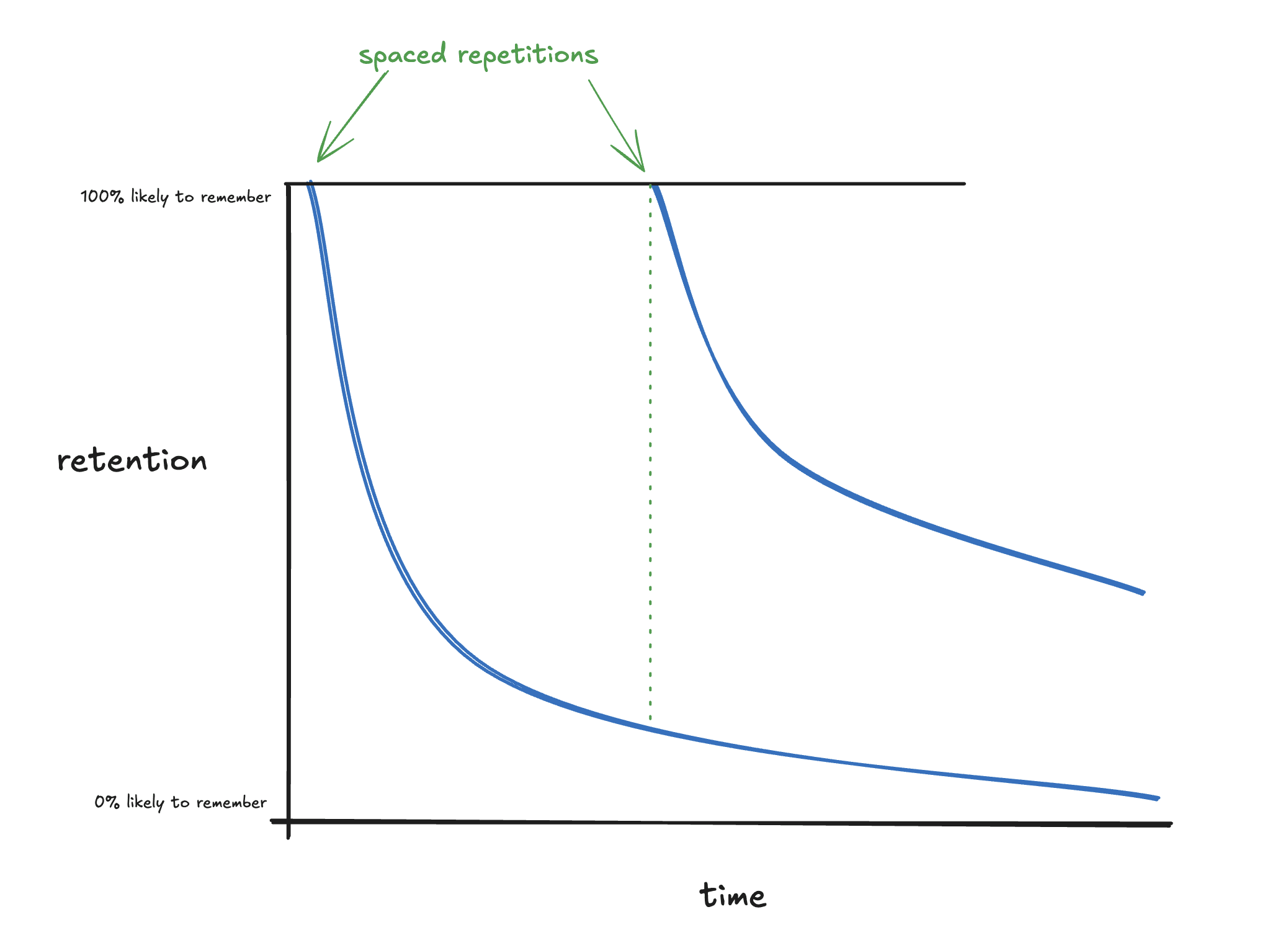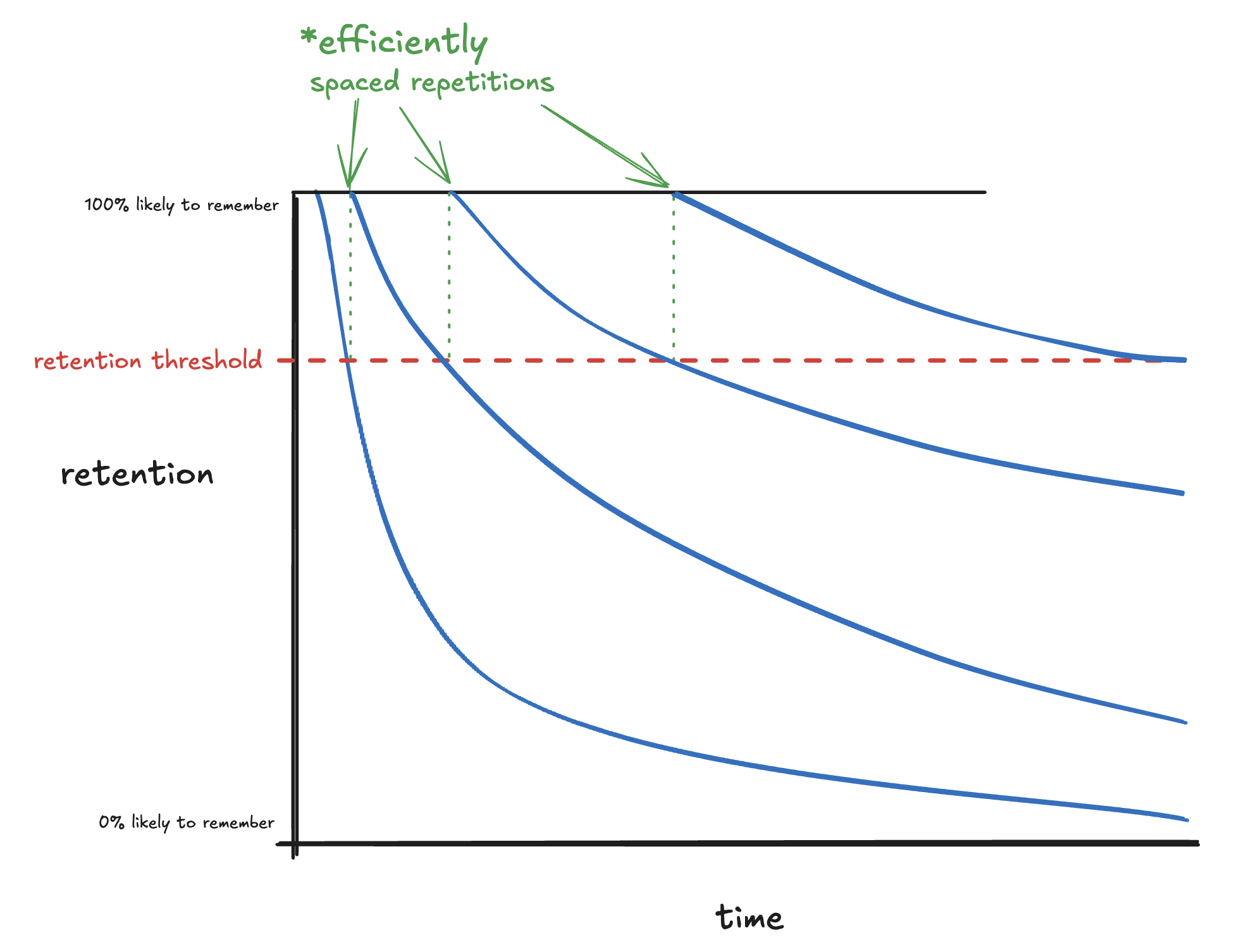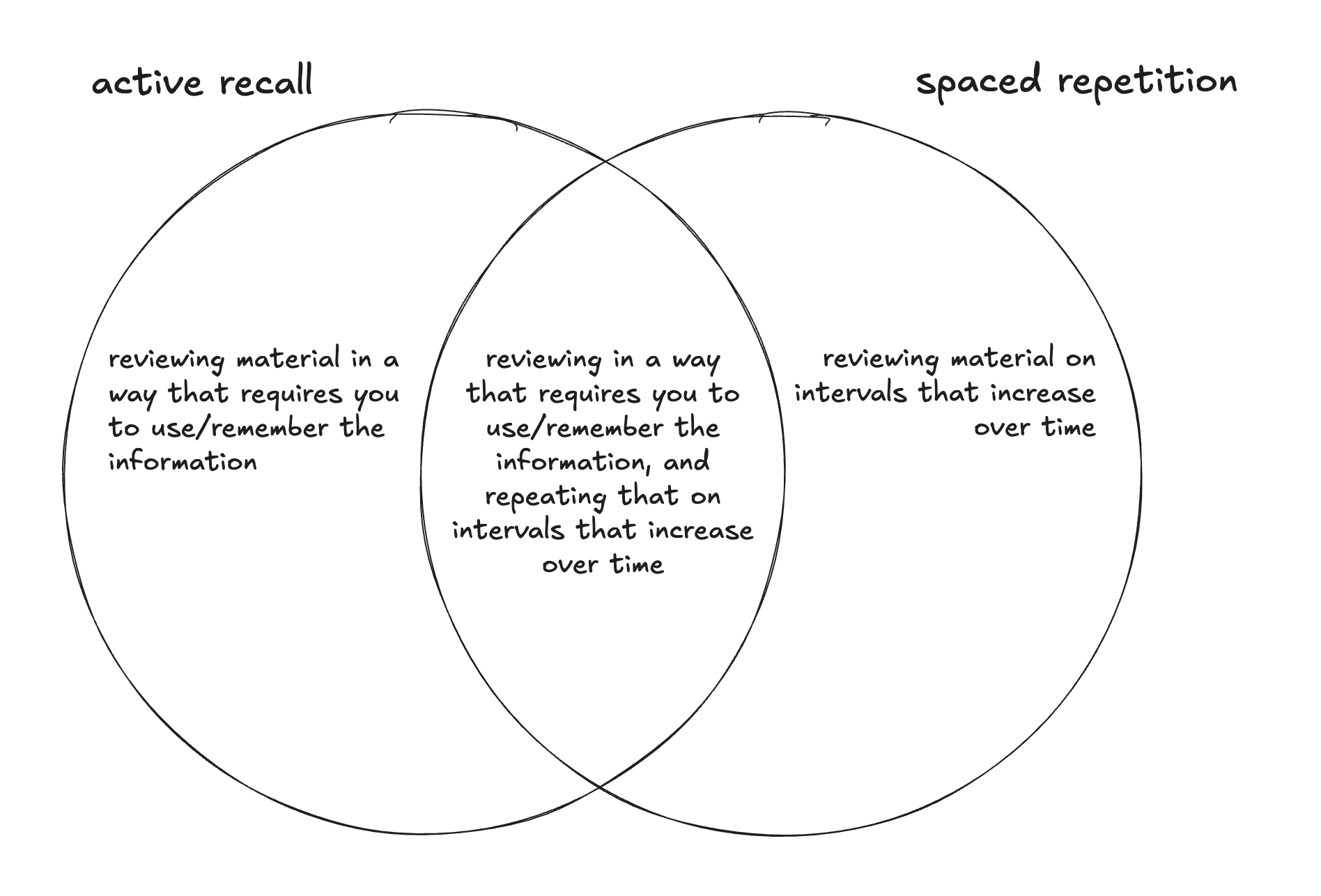Eat your caffeine
…instead of drinking it. I recommend these.
- They have the same dosage as a cup of coffee (~100mg).
- You can still drink coffee/Diet Coke/tea, just get it without caffeine. Coke caffeine-free, decaf coffee, herbal tea.
- They cost ~60¢ per pill [EDIT: oops, it's 6¢ per pill — thanks @ryan_greenblatt] vs ~$5 for a cup of coffee — that’s about an order of magnitude cheaper.
- You can put them in your backpack or back pocket or car. They don’t go bad, they’re portable, they won’t spill on your clothes, they won’t get cold.
- Straight caffeine makes me anxious. L-Theanine makes me less anxious. The caffeine capsules I linked above have equal parts caffeine and L-Theanine.
Also:
- Caffeine is a highly addictive drug; you should treat it like one. Sipping a nice hot beverage doesn’t make me feel like I’m taking a stimulant in the way that swallowing a pill does.
- I don’t know how many milligrams of caffeine were in the last coffee I drank. But I do know exactly the amount of caffeine in every caffeine pill I’ve ever taken. Taking caffeine pills prevents accidentally consuming way too much (or too little) caffeine.
- I don’t want to associate “caffeine” with “tasty sugary sweet drink,” for two reasons:
- A lot of caffeinated beverages contain other bad stuff. You might not by-default drink a sugary soft drink if it weren’t for the caffeine, so disambiguating the associations in your head might cause you to eat your caffeine and not drink the soda.
- Operant conditioning works by giving positive reinforcement to certain behaviors, causing them to happen more frequently. Like, for instance, giving someone a sugary soft drink every time they take caffeine. But when I take caffeine, I want to to be taking it because of a reasoned decision-making process minimally swayed by factors not under my control. So I avoid giving my brain a strong positive association with something that happens every time it experiences caffeine (e.g. a sugary soft drink). Caffeine is addictive enough! Why should I make the Skinner box stronger?
If you can’t take pills, consider getting caffeine patches — though I’ve never tried them, so can’t give it my personal recommendation.
Disclaimers:
- Generic caveats.
- Caffeine is a drug. I’m not a doctor, take caffeine at your own risk, this is not medical advice.
- This post does not take a stance on whether or not you should take caffeine; the stance that it takes is, conditional on your already having decided to take caffeine, you should take it in pill form (instead of in drink form).
~$5 for a cup of coffee — that’s about an order of magnitude cheaper.
Are you buying your coffee from a cafe every day or something? You can buy a pack of nice grounds for like $13, and that lasts more than a month (126 Tbsp/pack / (3 Tbsp/day) = 42 days/pack), totaling 30¢/day. Half the cost of a caffeine pill. And that’s if you don’t buy bulk.
It's actually $0.06 / pill, not $0.60. Doesn't make a big difference to your bottom line though as both costs are cheap.
Are you buying your coffee from a cafe every day or something?
i'm not (i don't buy caffeinated drinks!), but the people i'm responding to in this post are. in particular, i often notice people go from "i need caffeine" → "i'll buy a {coffee, tea, energy drink, etc}" — for example, college students, most of whom don't have the wherewithal to go to the effort of making their own coffee.
I second that.
If you take caffeine regularly, I also recommend experimenting with tolerance build-up, which the pill form makes easy. You want to figure out the minimal number of days N such that if you don't take caffeine every N days, you don't develop tolerance. For me, N turned out to be equal to 2: if I take 100 mg of caffeine every second day, it always seems to have its full effect (or tolerance develops very slowly; and you can "reset" any such slow creep-up by quitting caffeine for e. g. 1 week every 3 months).
You can test that by taking 200 mg at once[1] after 1-2 weeks of following a given intake schedule. If you end up having a strong reaction (jitteriness, etc., it's pretty obvious, at least in my experience), you haven't developed tolerance. If the reaction is only about as strong as taking 100 mg on a toleranceless stomach[2], then you have.
(Obviously the real effects are probably not so neatly linear, and it might work for you differently. But I think the overarching idea of testing caffeine tolerance build-up by monitoring whether the rather obvious "too much caffeine" point moved up or not, is an approach with a much better signal/noise ratio than doing so via e. g. confounded cognitive tests.)
Once you've established that, you can try more complicated schemes. E. g., taking 100 mg on even days and 200 mg on odd days. Some caffeine effects are plausibly not destroyed by tolerance, so this schedule lets you reap those every day, and have full caffeine effects every second day. (Again, you can test for nonlinear tolerance build-up effects by following this schedule for 1-2 weeks, then taking a larger dose of 300-400 mg[3], and seeing where its effect lies on the "100 mg on a toleranceless stomach" to "way too much caffeine" spectrum.)
- ^
Assuming it's safe for you, obviously.
- ^
You can establish that baseline by stopping caffeine intake for 3 weeks, then taking a single 100 mg dose. You probably want to do that anyway for the N-day experimentation.
- ^
Note that this is even more obviously dangerous if you have any health problems/caffeine contraindications, so this might not work for you.
One question I'm curious about: do these pills have less or no effects on your bowels compared to what a coffee cup can? Is it something about the caffeine in itself, something else, or the mode of absorption? If they ditch those effects then I'm genuinely interested.
Counterargument: sure, good decaf coffee exists, but it’s harder to get hold of. Because it’s less popular, the decaf beans at cafés are often less fresh or from a worse supplier. Some places don’t stock decaf coffee. So if you like the taste of good coffee, taking caffeine pills may limit the amount of good coffee you can access and drink without exceeding your desired dose.
As a black tea enjoyer I would argue it’s practically non existent, no decaf black tea I’d ever tried even comes close to the best “normal” black tea sorts.
This is true of all teas. The decaf ones all are terrible. I spent a while trying them in the hopes of cutting down my caffeine consumption, but the taste compromise is severe. And I'd say that the black decaf teas were the best I tried, mostly because they tend to have much more flavor & flavorings, so there was more left over from the water or CO2 decaffeination...
Active Recall and Spaced Repetition are Different Things
EDIT: I've slightly edited this and published it as a full post.
Epistemic status: splitting hairs.
There’s been a lot of recent work on memory. This is great, but popular communication of that progress consistently mixes up active recall and spaced repetition. That consistently bugged me — hence this piece.
If you already have a good understanding of active recall and spaced repetition, skim sections I and II, then skip to section III.
Note: this piece doesn’t meticulously cite sources, and will probably be slightly out of date in a few years. I link some great posts that have far more technical substance at the end, if you’re interested in learning more & actually reading the literature.
I. Active Recall
When you want to learn some new topic, or review something you’ve previously learned, you have different strategies at your disposal. Some examples:
- Watch a YouTube video on the topic.
- Do practice problems.
- Review notes you’d previously taken.
- Try to explain the topic to a friend.
- etc
Some of these boil down to “stuff the information into your head” (YouTube video, reviewing notes) and others boil down to “do stuff that requires you to use/remember the information” (doing practice problems, explaining to a friend). Broadly speaking, the second category — doing stuff that requires you to actively recall the information — is way, way more effective.
That’s called “active recall.”
II. (Efficiently) Spaced Repetition
After you learn something, you’re likely to forget it pretty quickly:

Fortunately, reviewing the thing you learned pushes you back up to 100% retention, and this happens each time you “repeat” a review:

That’s a lot better!
…but that’s also a lot of work. You have to review the thing you learned in intervals, which takes time/effort. So, how can you do the least the number of repetitions to keep your retention as high as possible? In other words — what should be the size of the intervals? Should you space them out every day? Every week? Should you change the size of the spaces between repetitions? How?
As it turns out, efficiently spacing out repetitions of reviews is a pretty well-studied problem. The answer is “riiiight before you’re about to forget it:”

Generally speaking, you should do a review right before it crosses some threshold for retention. What that threshold actually is depends on some fiddly details, but the central idea remains the same: repeating a review riiight before you hit that threshold is the most efficient spacing possible.
This is called (efficiently) spaced repetition. Systems that use spaced repetitions — software, methods, etc — are called “spaced repetition systems” or “SRS.”
III. The difference
Active recall and spaced repetition are independent strategies. One of them (active recall) is a method for reviewing material; the other (effective spaced repetition) is a method for how to best time reviews. You can use one, the other, or both:

Examples of their independence:
- You could listen to a lecture on a topic once now, and again a year from now (not active recall, very inefficiently spaced repetition)
- You could watch YouTube videos on a topic in efficiently spaced intervals (not active recall, yes spaced repetition)
- You could quiz yourself with flashcards once, then never again (yes active recall, no spaced repetition)
- You could do flashcards on something in efficiently spaced intervals (both spaced repetition and active recall).
IV. Implications
Why does this matter?
Mostly, it doesn’t, and I’m just splitting hairs. But occasionally, it’s prohibitively difficult to use one method, but still quite possible to use the other. In these cases, the right thing to do isn’t to give up on both — it’s to use the one that works!
For example, you can do a bit of efficiently spaced repetition when learning people’s names, by saying their name aloud:
- immediately after learning it (“hi, my name’s Alice” “nice to meet you, Alice!”)
- partway through the conversation (“but i’m still not sure of the proposal. what do you think, Alice?”)
- at the end of the conversation (“thanks for chatting, Alice!”)
- that night (“who did I meet today? oh yeah, Alice!”)
…but it’s a lot more difficult to use active recall to remember people’s names. (The closest I’ve gotten is to try to first bring into my mind’s eye what their face looks like, then to try to remember their name.)
Another example in the opposite direction: learning your way around a city in a car. It’s really easy to do active recall: have Google Maps opened on your phone and ask yourself what the next direction is each time before you look down; guess what the next street is going to be before you get there; etc. But it’s much more difficult to efficiently space your reviews out: review timing ends up mostly in the hands of your travel schedule.
For more on the topic of deliberately using memory systems to quickly learn the geography of a new place, see this post.
Glad somebody finally made a post about this. I experimented with the distinction in my trio of posts on photographic memory a while back.
Useful clarification and thanks for writing this up!
Inspired by and building on this, I decided to clean up some thoughts of my own in a similar direction. Here they are on my short forum: What are the actual use cases of memory systems like Anki?
is there a handy label for “crux(es) on which i’m maximally uncertain”? there are infinite cruxes that i have for any decision, but the ones i care about are the ones about which i’m most uncertain. it'd be nice to have a reference-able label for this concept, but i haven't seen one anywhere.
there's also an annoying issue that feels analogous to "elasticity" — how much does a marginal change in my doxastic attitude toward my belief in some crux affect my conative attitude toward the decision?
if no such concepts exist for either, i'd propose: crux uncertainty, crux elasticity (respectively)
Crux elasticity might be better phrased as 'crux sensitivity'. There is a large literature on Sensitivity Analysis, which gets at how much a change in a given input changes an output.
I'd wager saying 'my most sensitive crux is X' gets the meaning across with less explanation, whereas elasticity requires some background econ knowledge.
I've sometimes used "crux weight" for a related but different concept - how important that crux is to a decision. I'd propose "crux belief strength" for your topic - that part of it fits very well into a Bayesean framework for evidence.
Most decisions (for me, as far as I can tell) are overdetermined - there are multiple cruxes, with different weights and credences, which add up to more than 51% "best". They're inter-correlated, but not perfectly, so it's REALLY tricky to be very explicit or legible in advance what would actually change my mind.